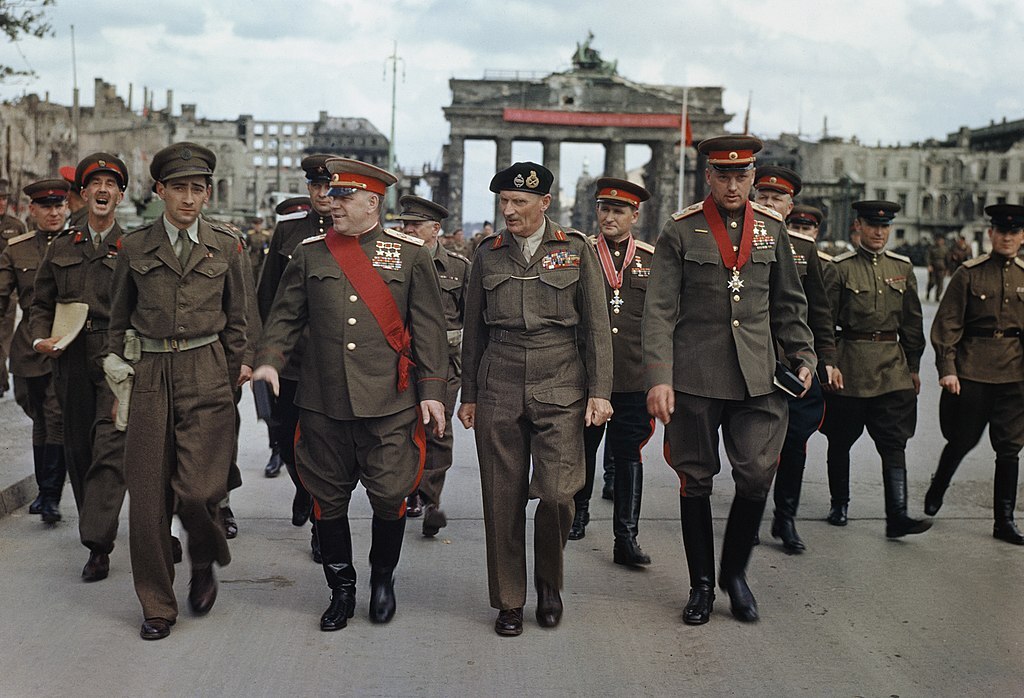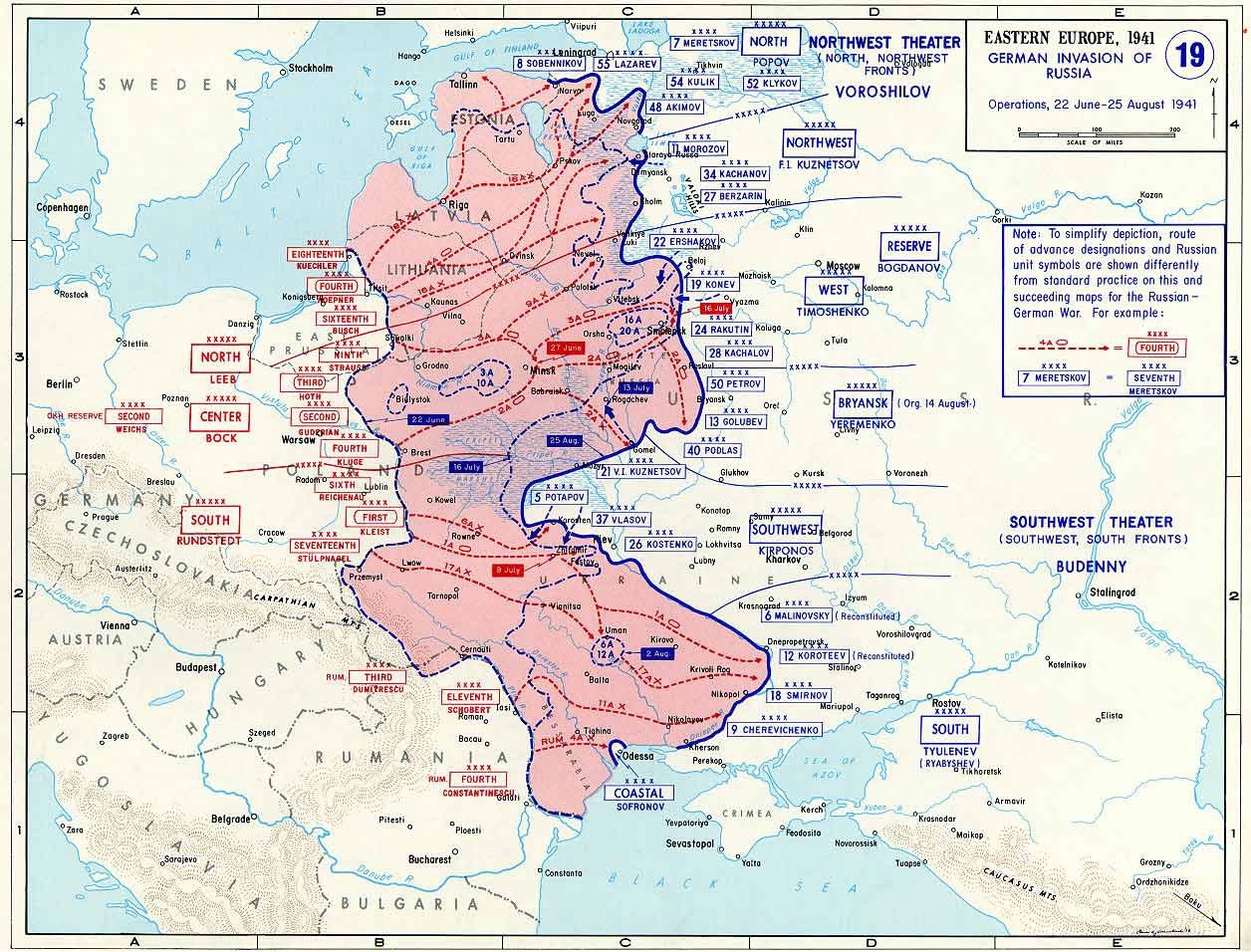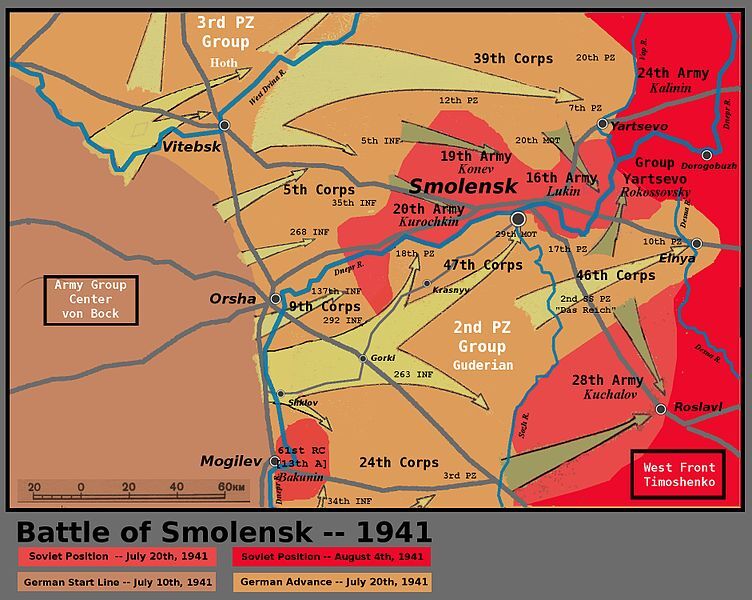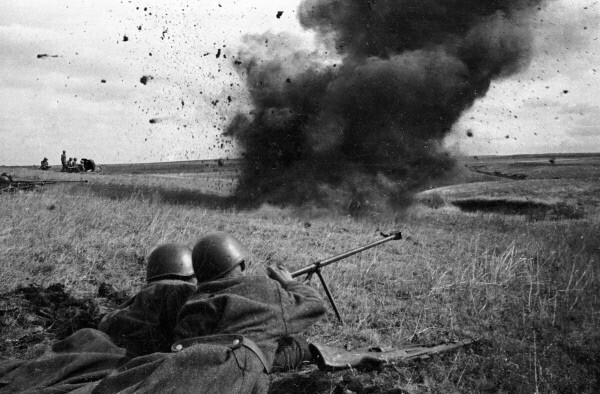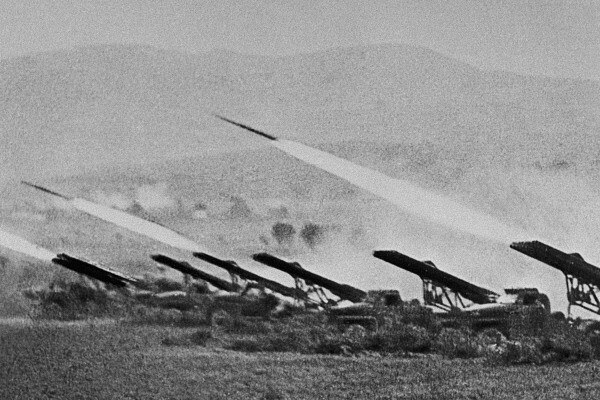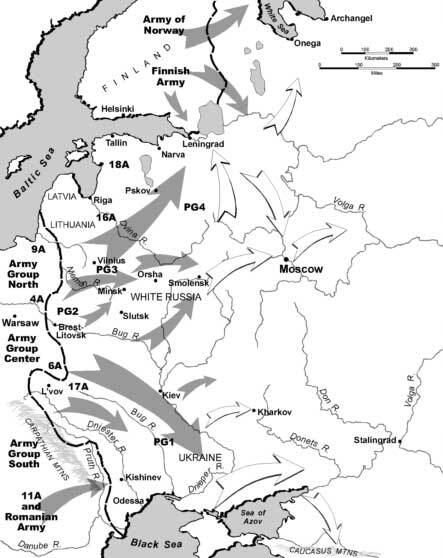Sunday Apr 09, 2023
David Stahel reveals the real reason that Operation Barbarossa failed, a conclusion he reached after the deepest research into wehrmacht records.
Author of Operation Barbarossa and Germany's Defeat in the East, as well as several other books on the Second World War in the east, he's a Senior Lecturer in European History at the University of New South Wales in Canberra, Australia. He joins Beyond Barbarossa for an eye-opening conversation.
David Stahel's books:
Operation Barbarossa and Germany's Defeat in the East. Cambridge, UK: Cambridge University Press, 2009.
Kiev 1941: Hitler's Battle for Supremacy in the East. Cambridge, UK: Cambridge University Press, 2012.
Operation Typhoon: Hitler's March on Moscow, October 1941. Cambridge, UK: Cambridge University Press, 2013.
The Battle for Moscow. Cambridge, UK: Cambridge University Press, 2015.
Retreat from Moscow: A new history of Germany's winter campaign, 1941–1942. New York: Picador, 2019.
Hitler's Panzer Generals: Guderian, Hoepner, Reinhardt and Schmidt Unguarded. Cambridge, UK: Cambridge University Press, coming May 2023.
As editor:
With Alex J. Kay and Jeff Rutherford: Nazi Policy on the Eastern Front, 1941: Total War, Genocide, and Radicalization. University of Rochester Press, 2012.
Joining Hitler's Crusade: European Nations and the Invasion of the Soviet Union, 1941. Cambridge, UK: Cambridge University Press, 2017.
With Alex J. Kay: Mass Violence in Nazi-Occupied Europe. Bloomington, Indiana: Indiana University Press, 2018.
With Craig W.H. Luther and R. L. DiNardo: Soldiers of Barbarossa: Combat, Genocide and Everyday Experiences on the Eastern Front, June–December 1941.Lanham, MD USA: Stackpole Books, 2020.


























